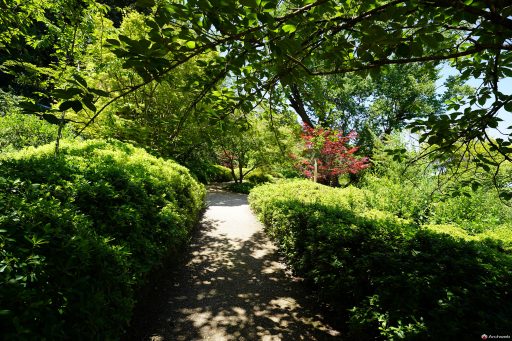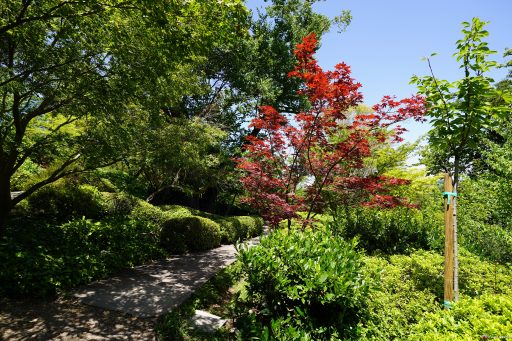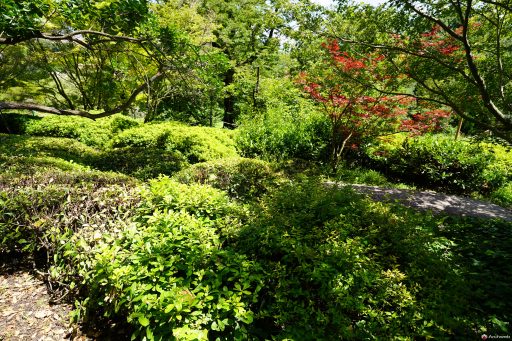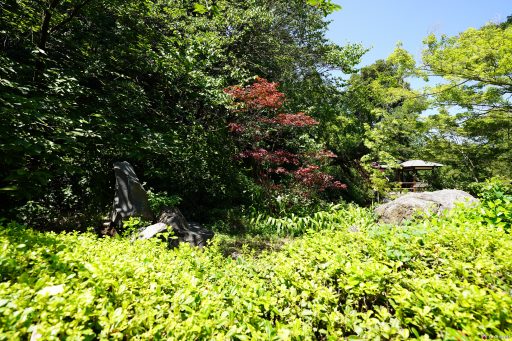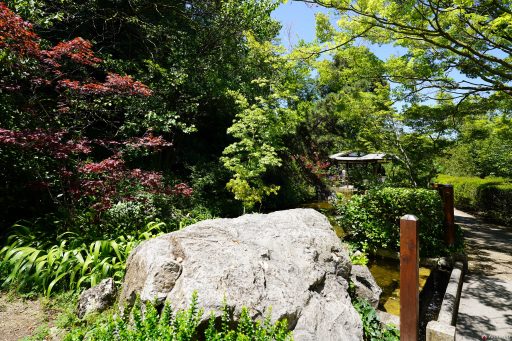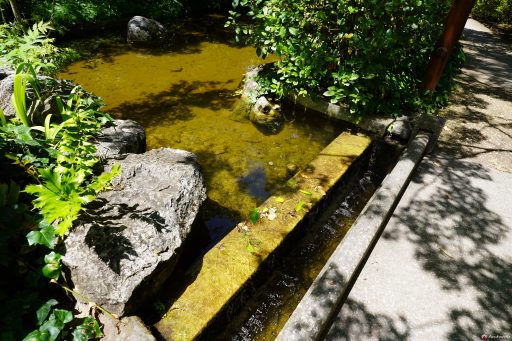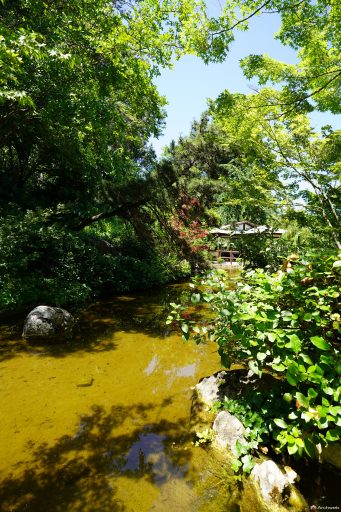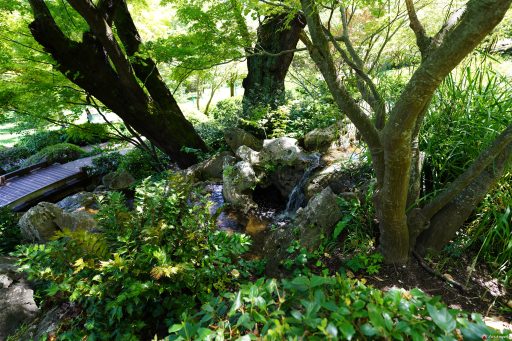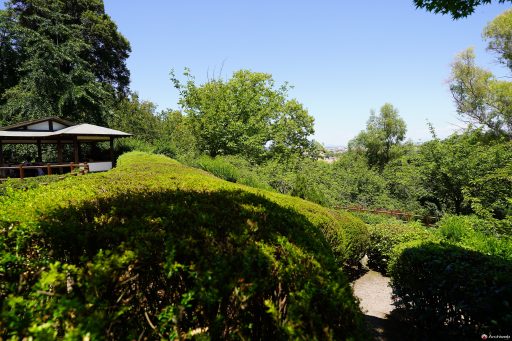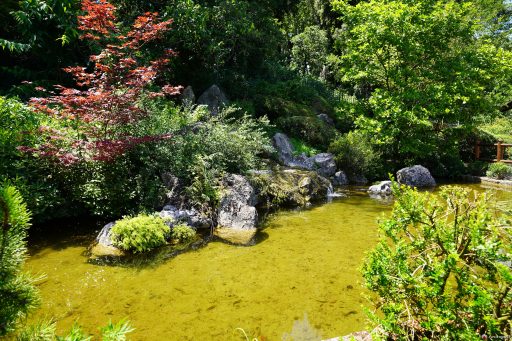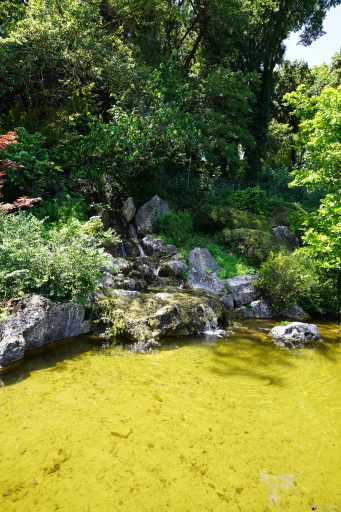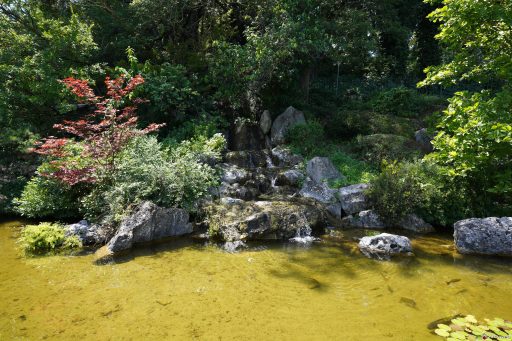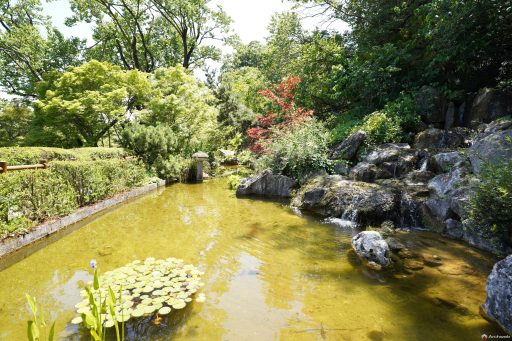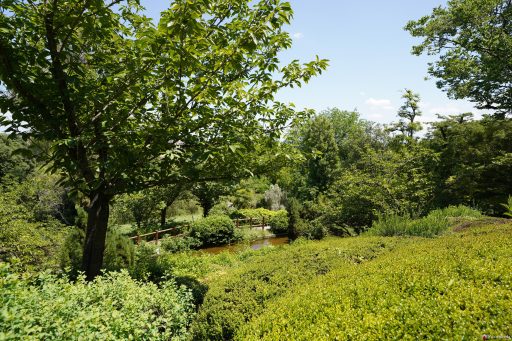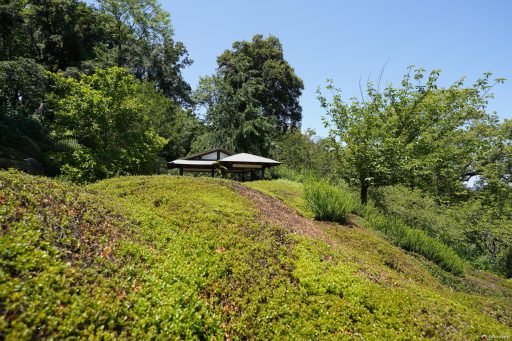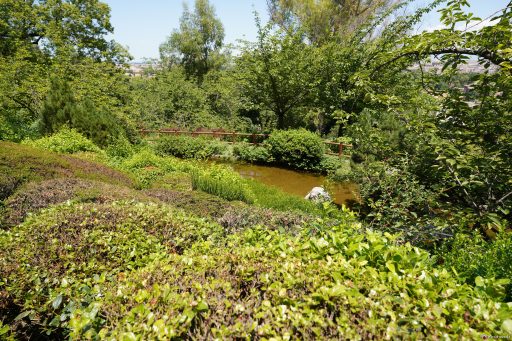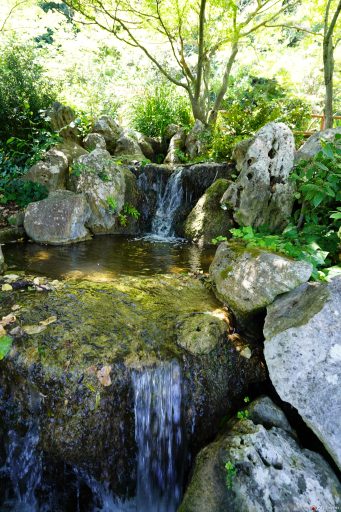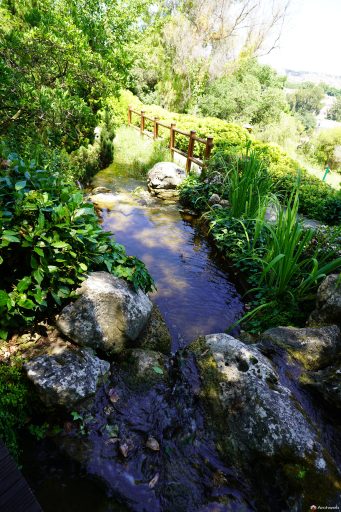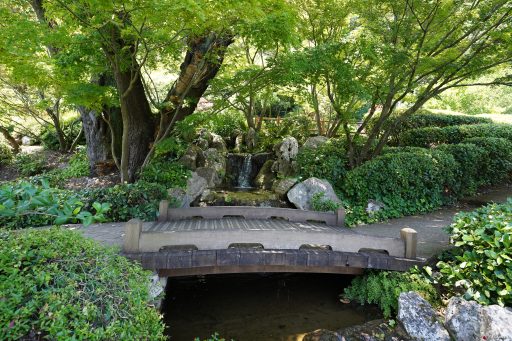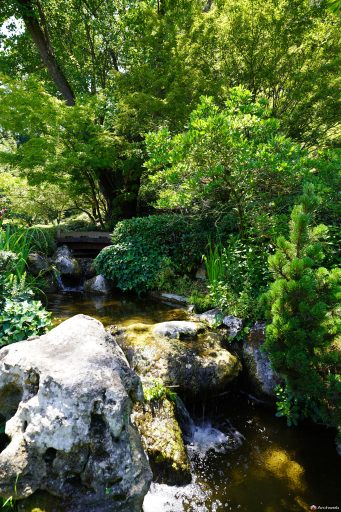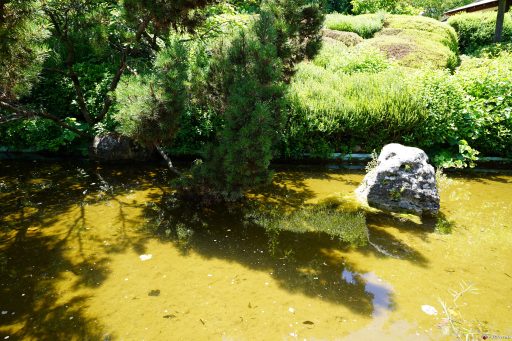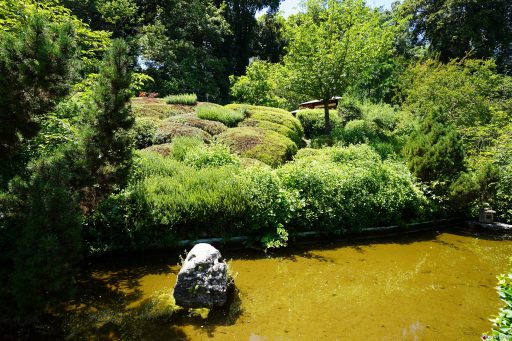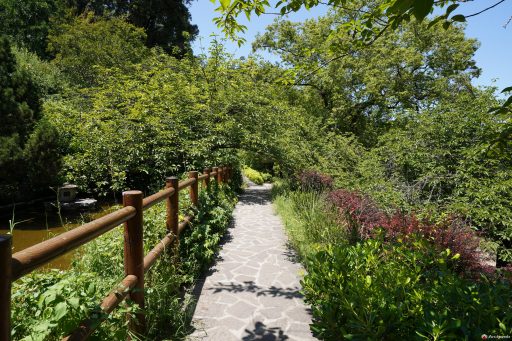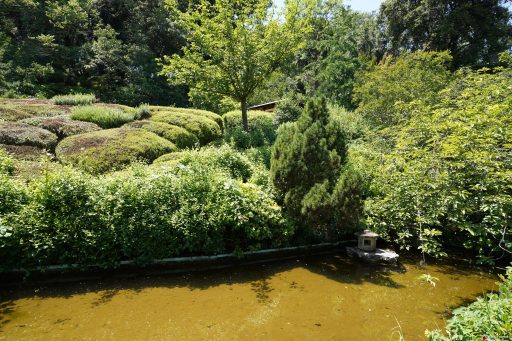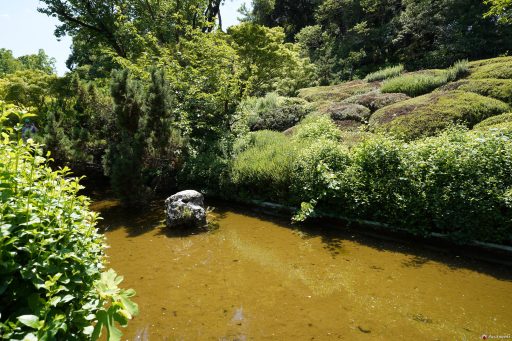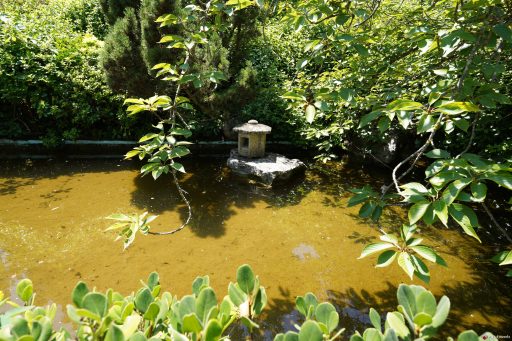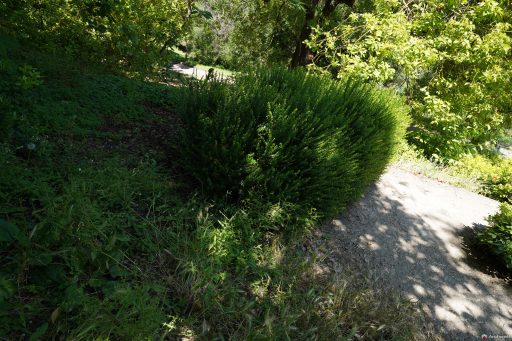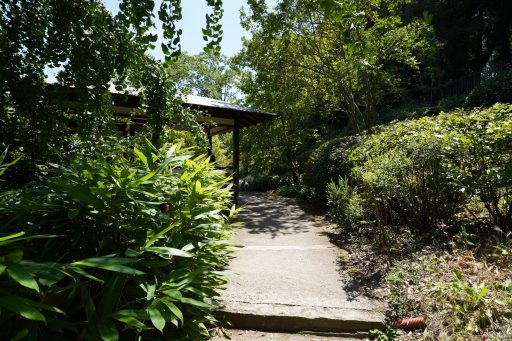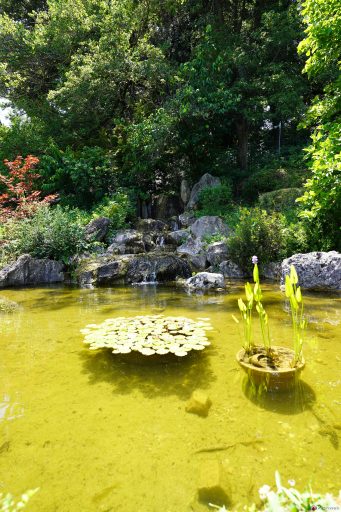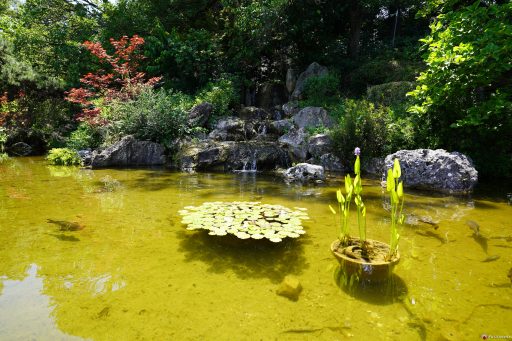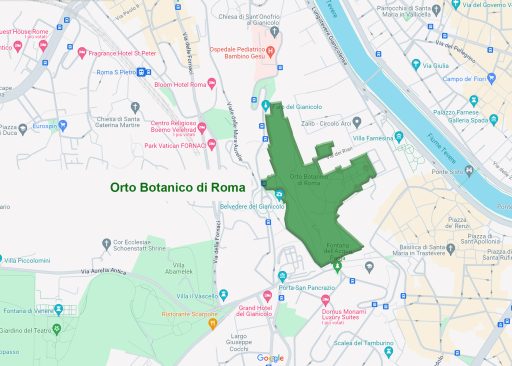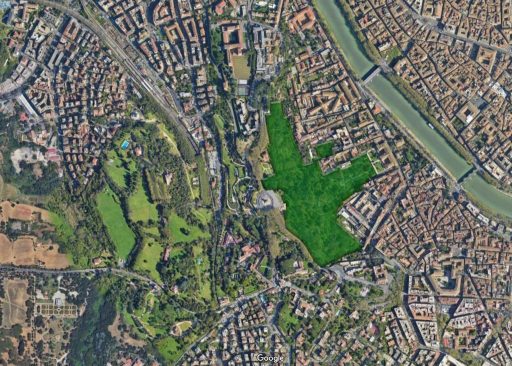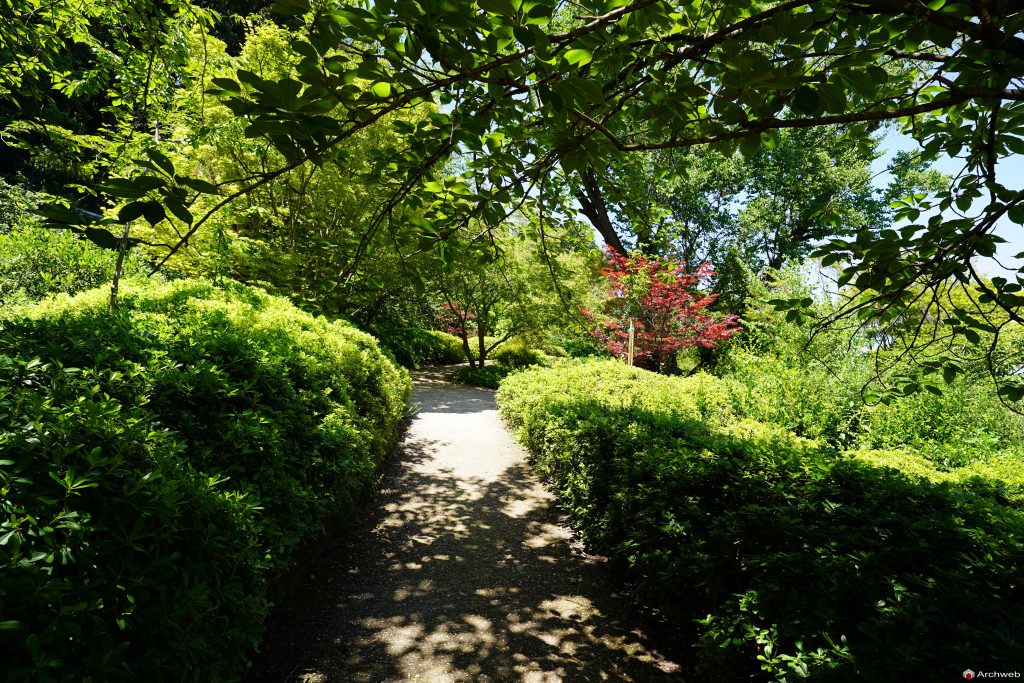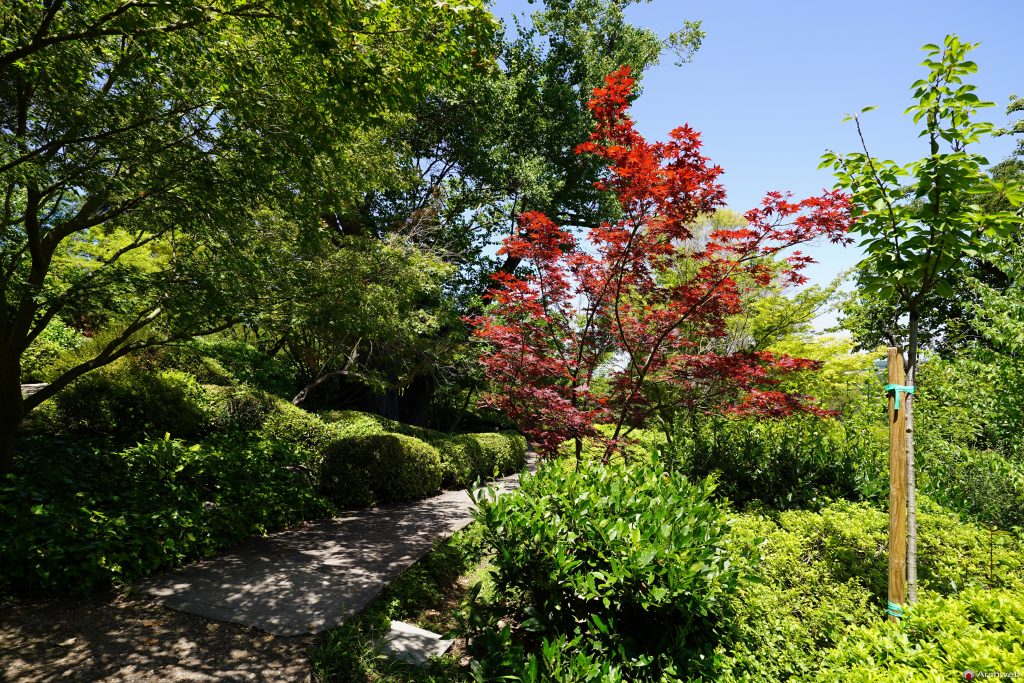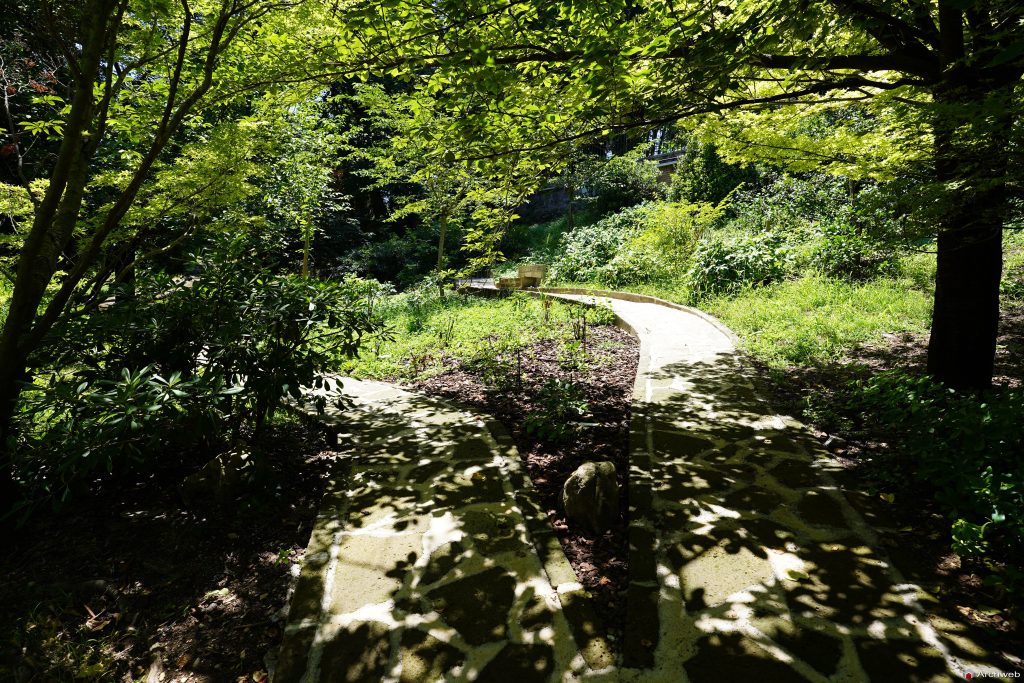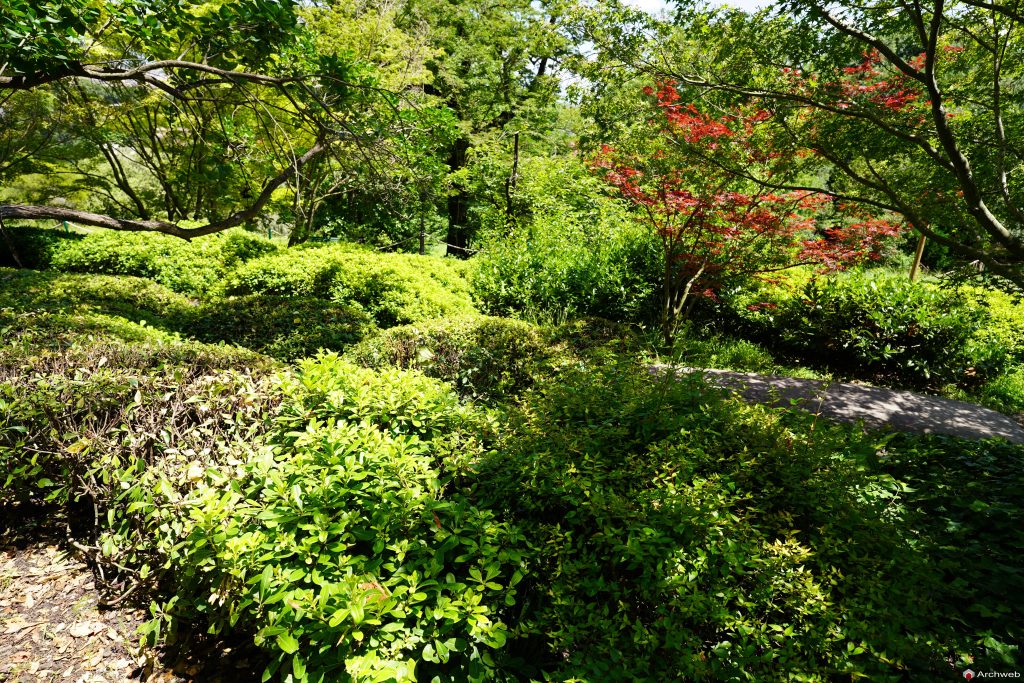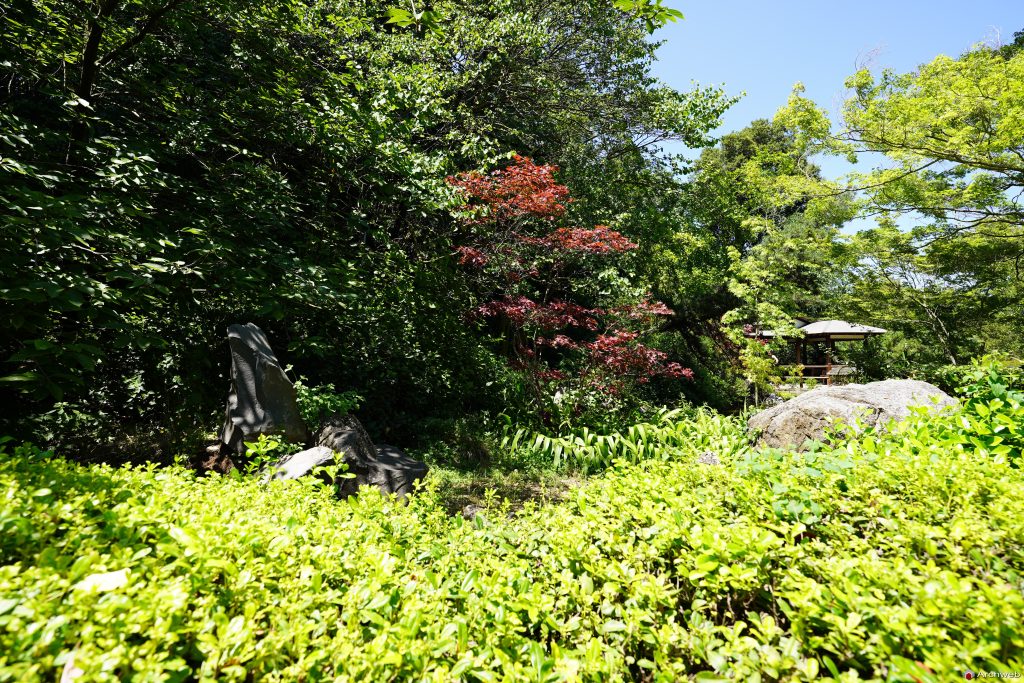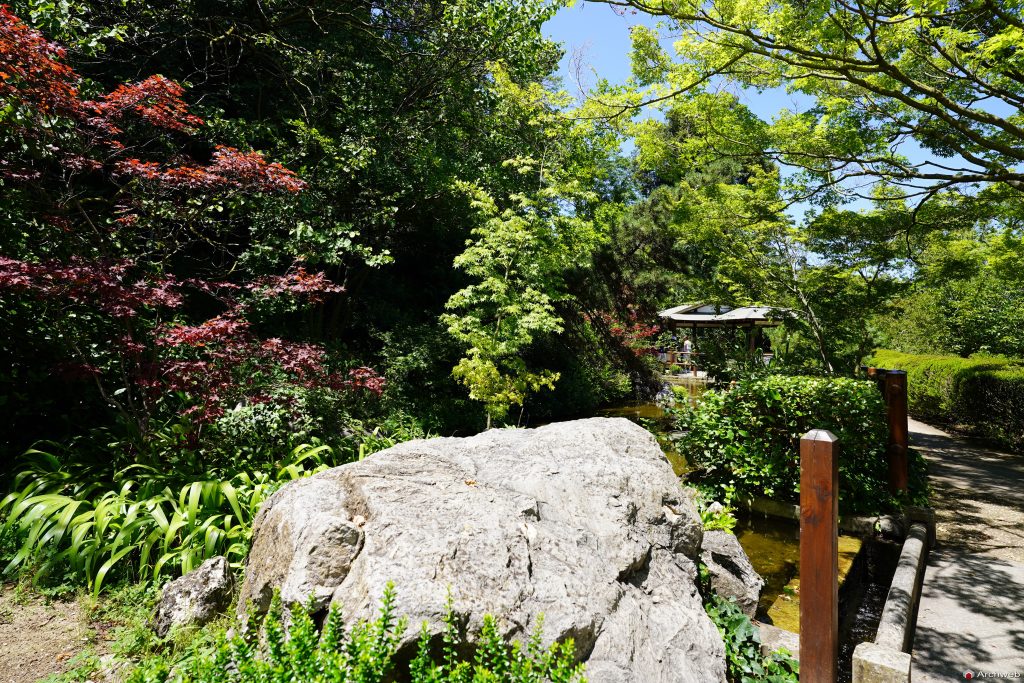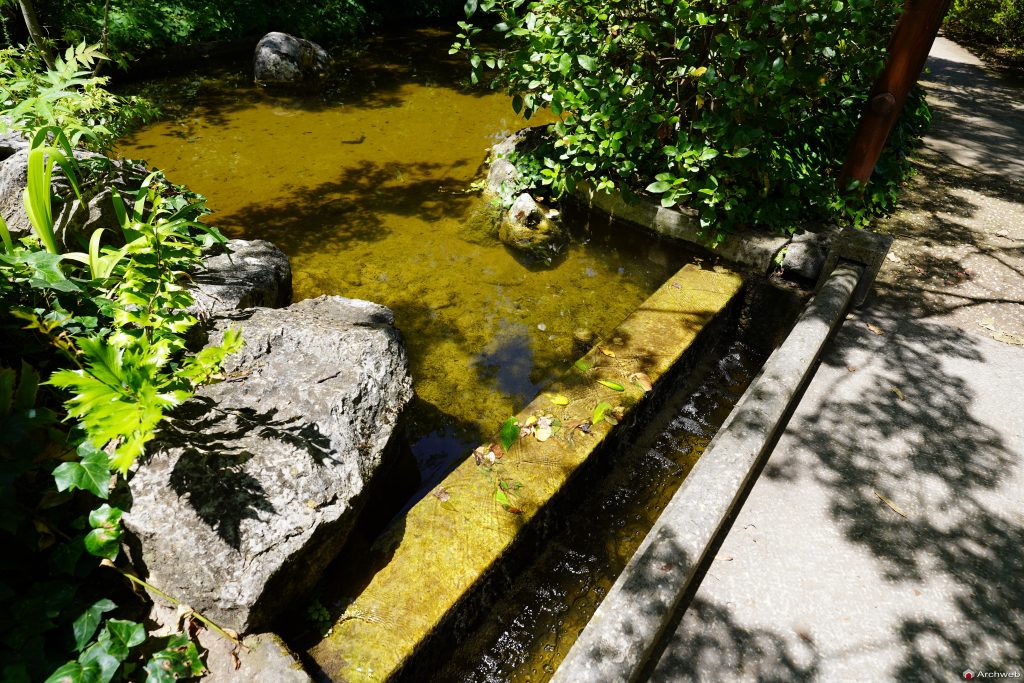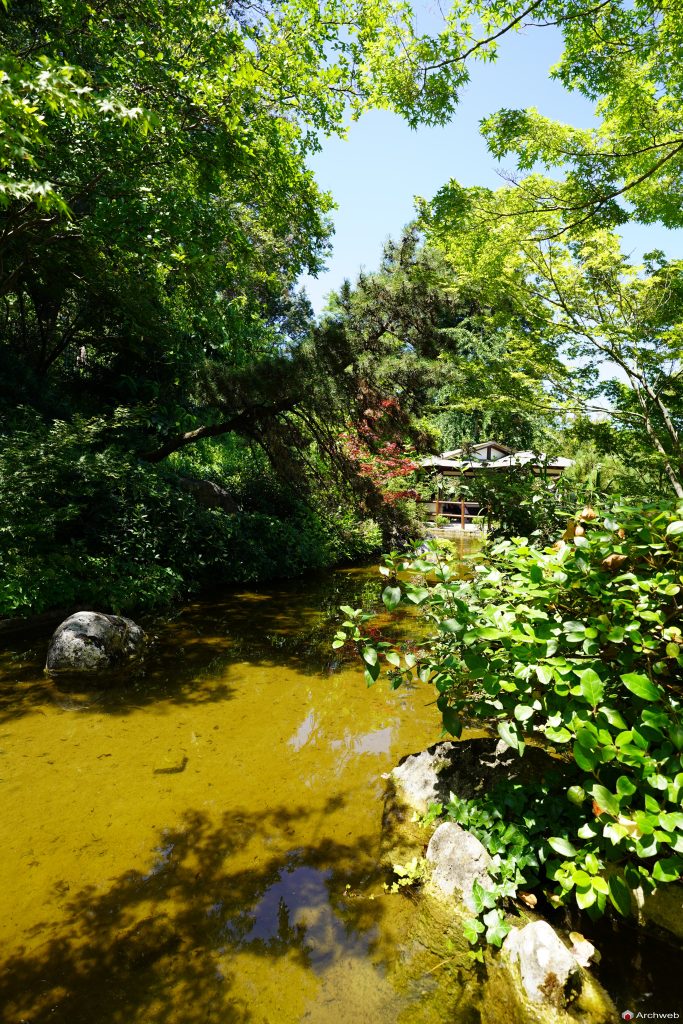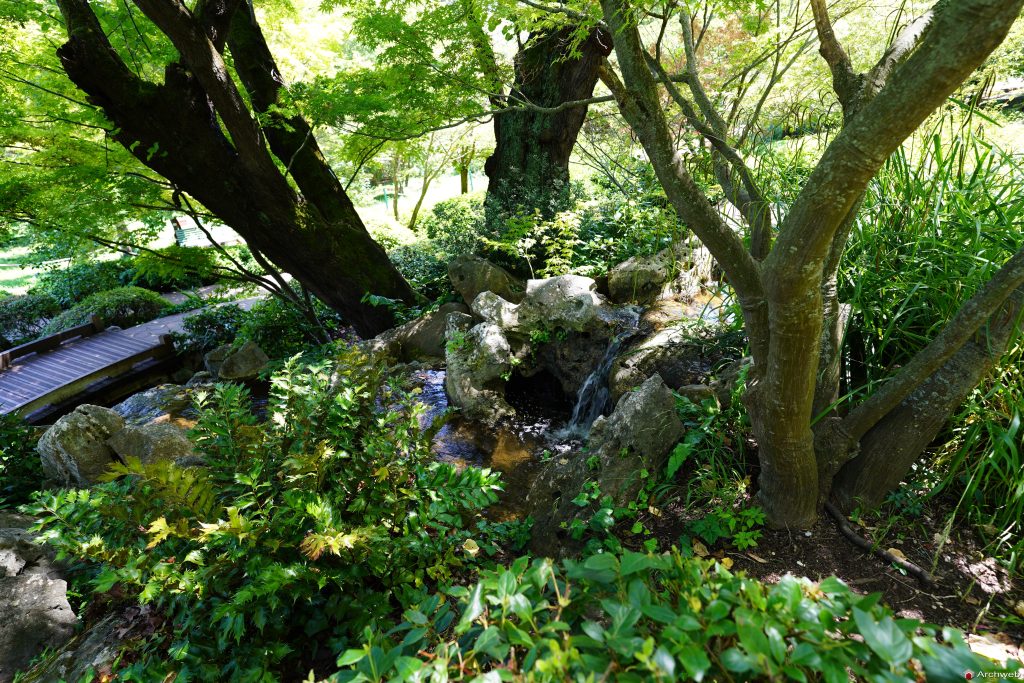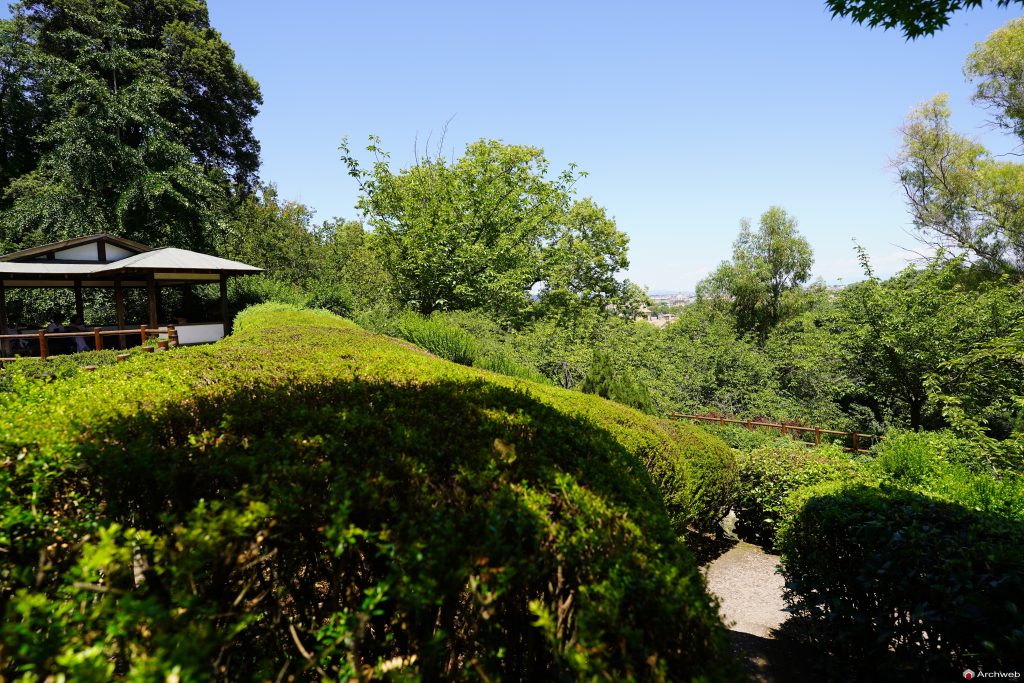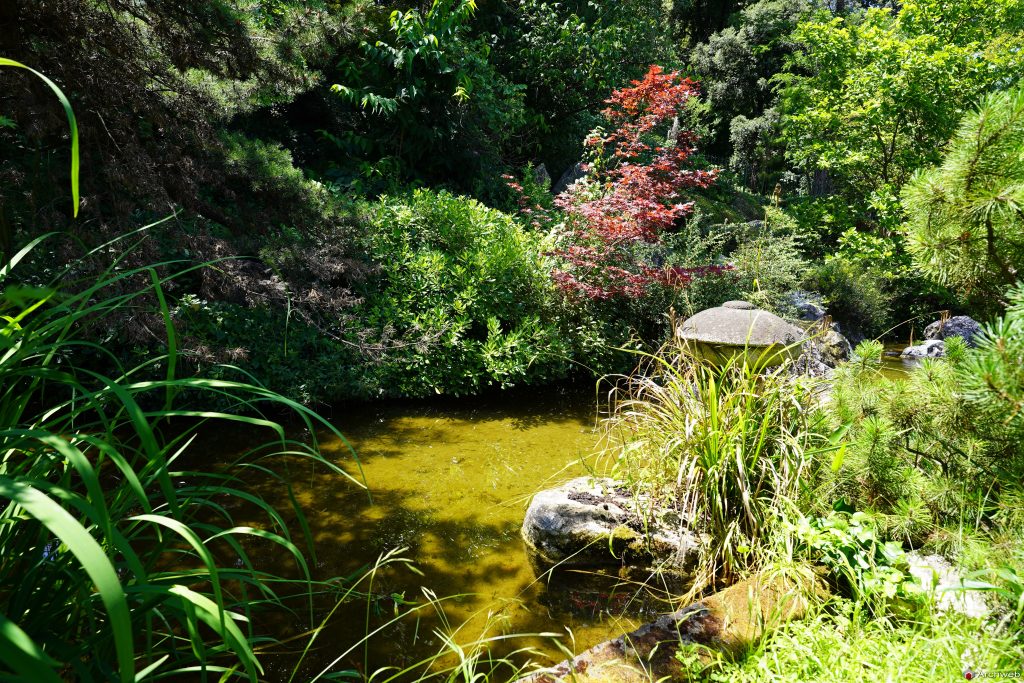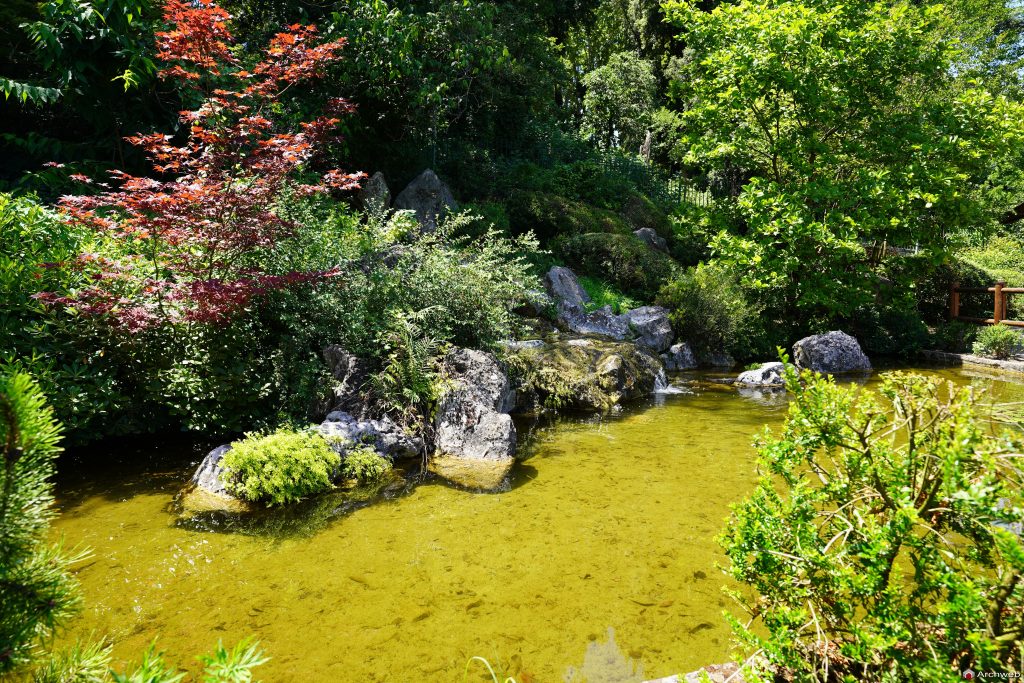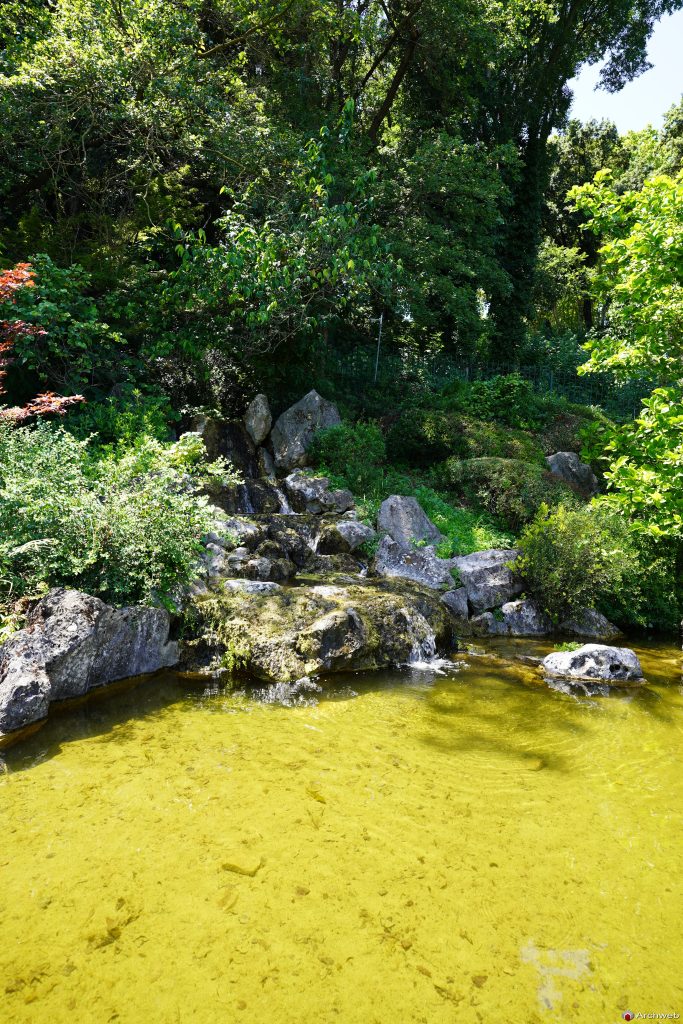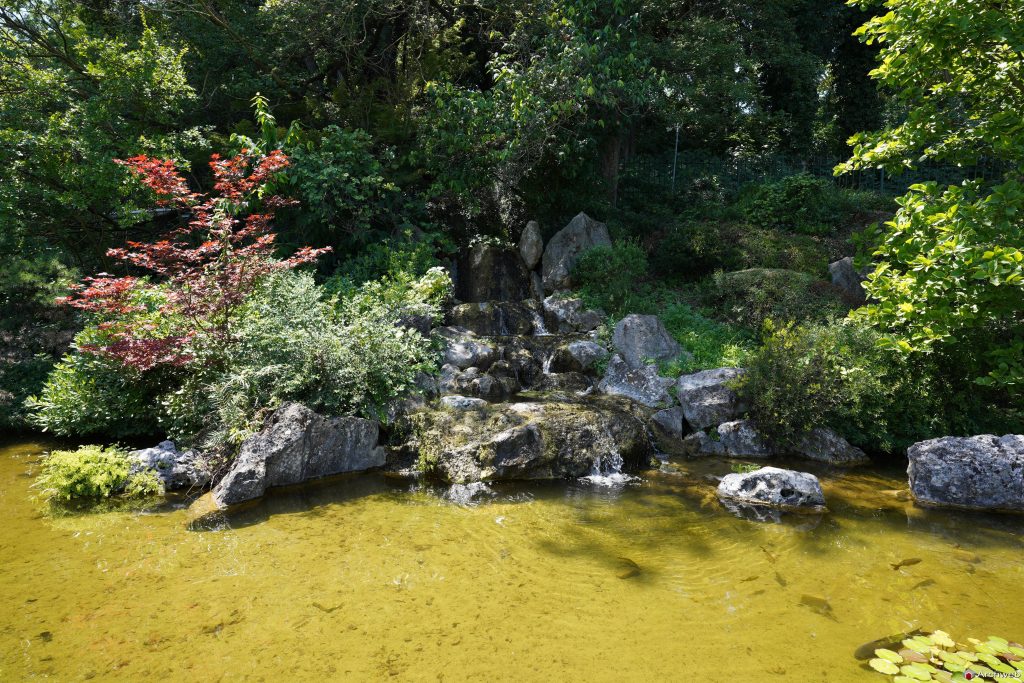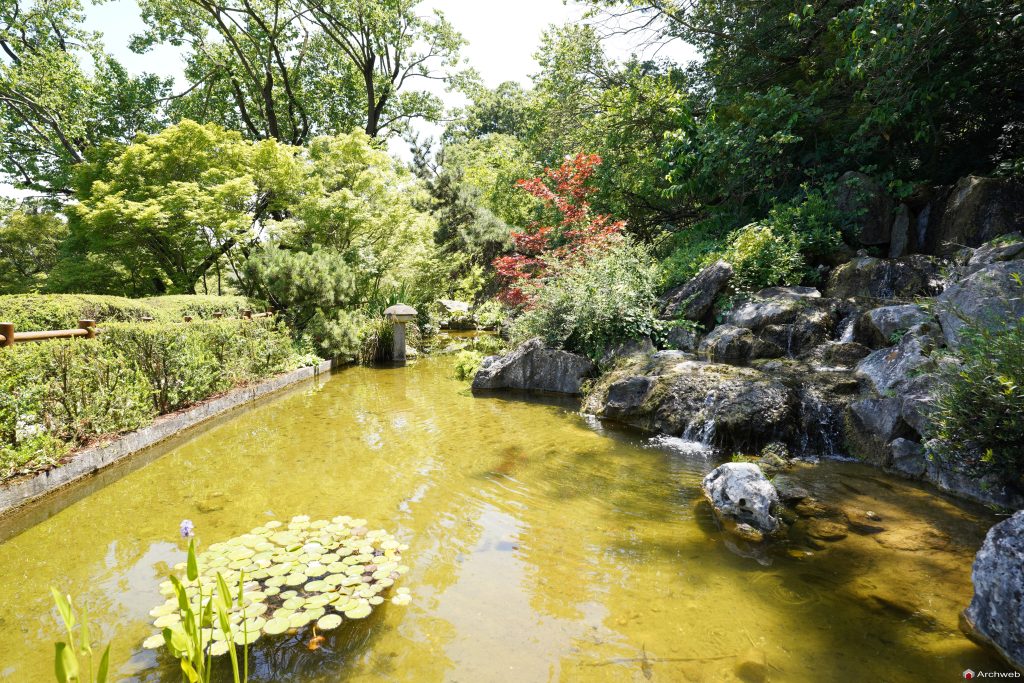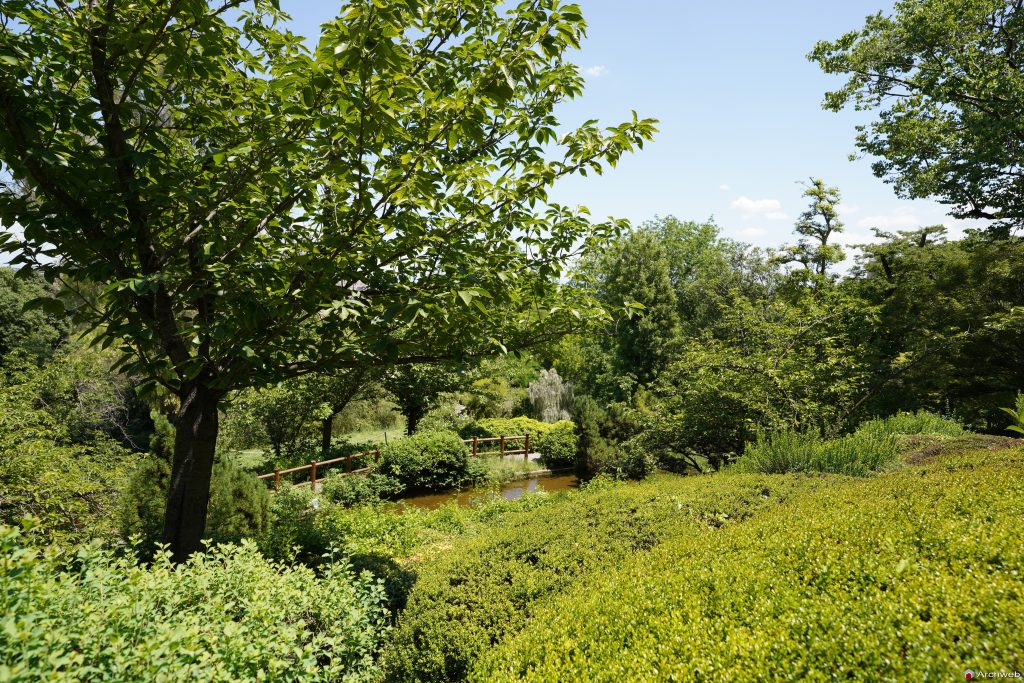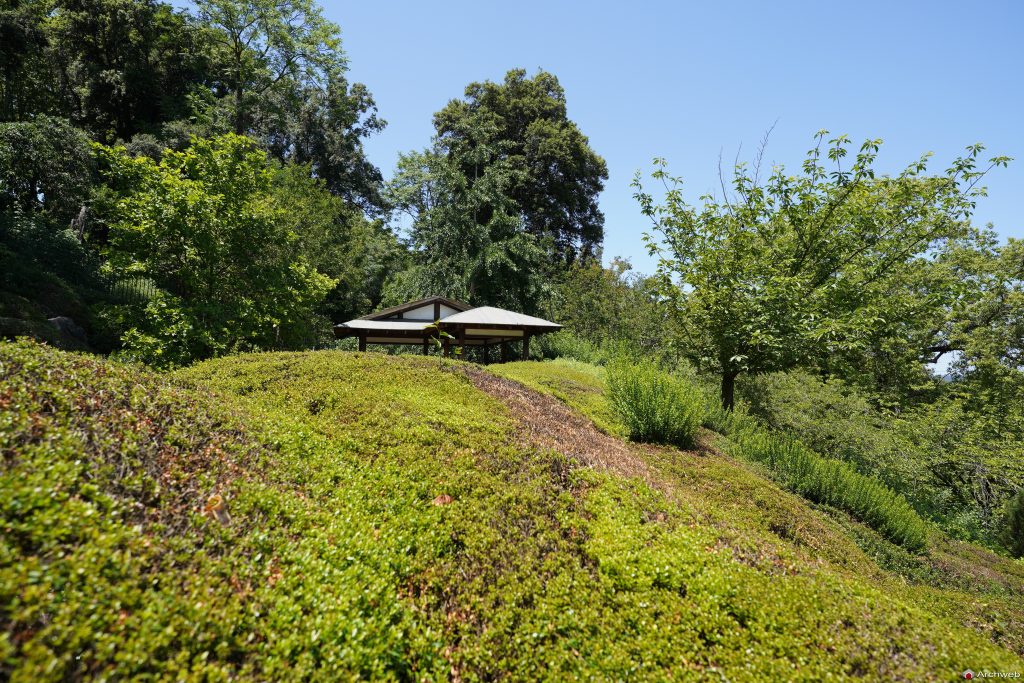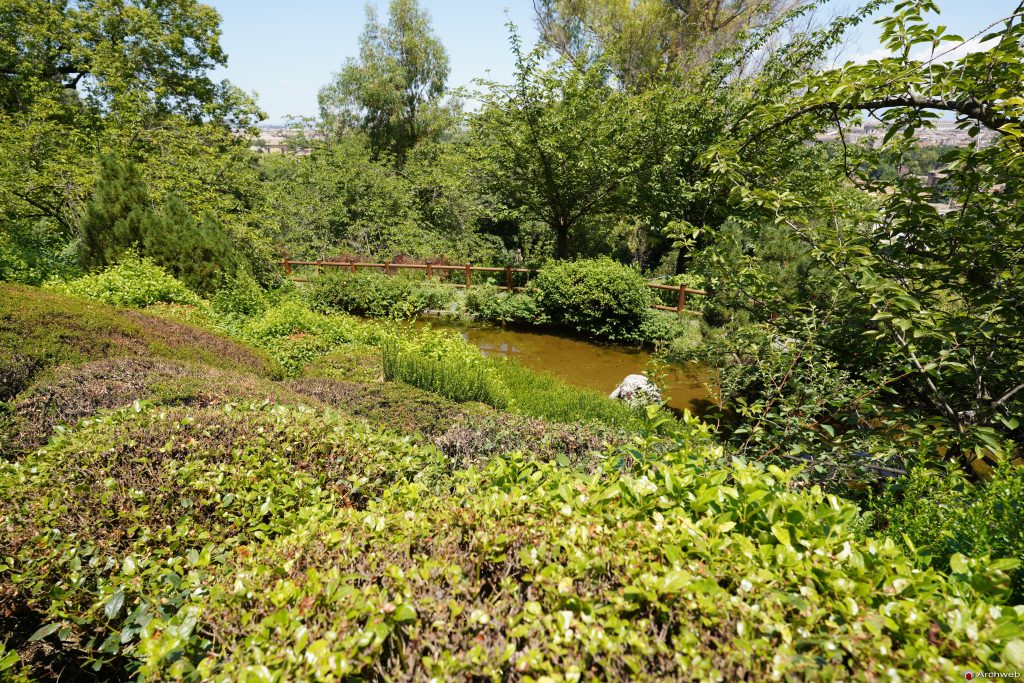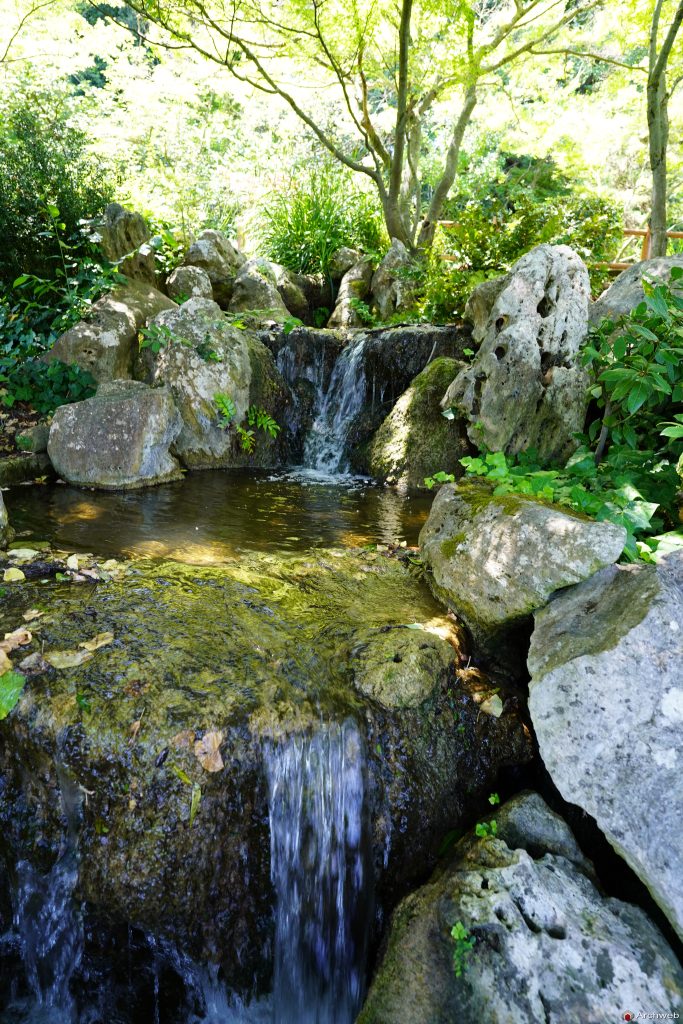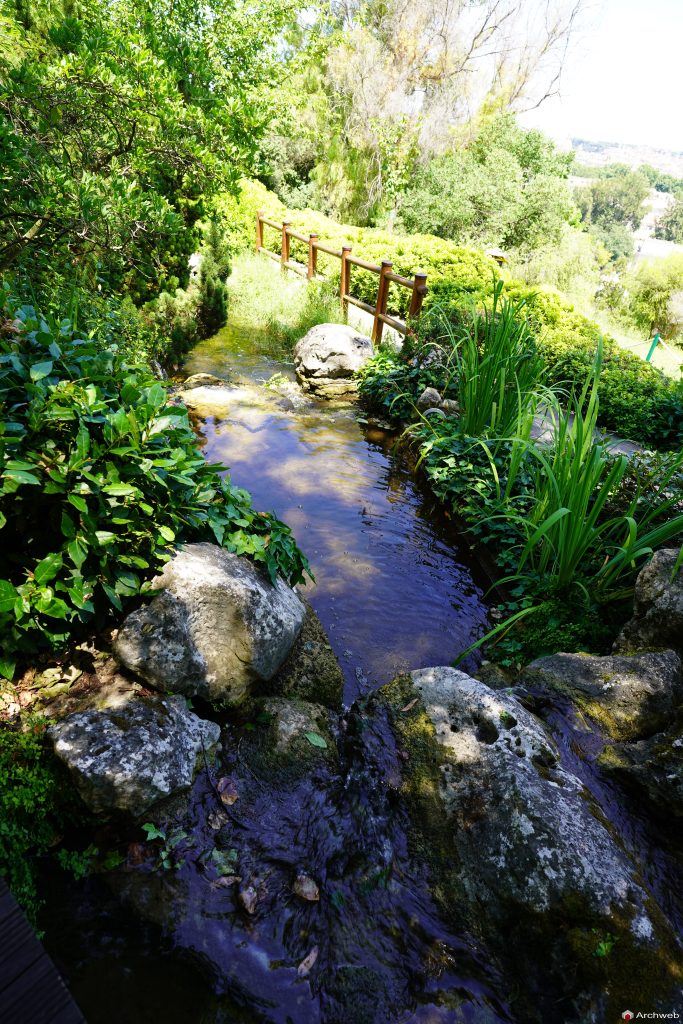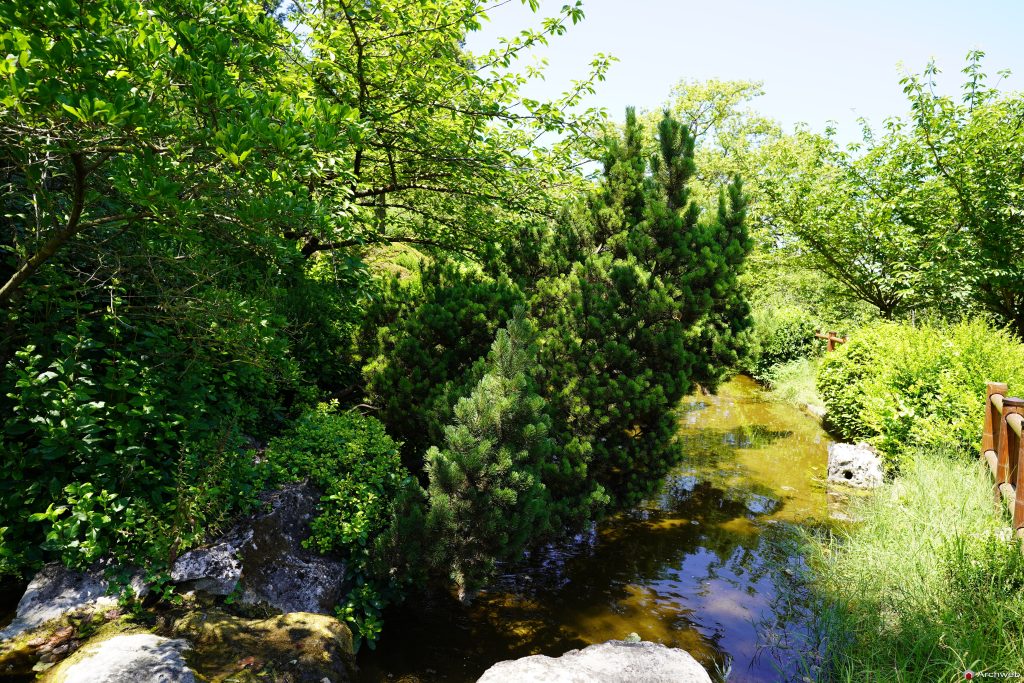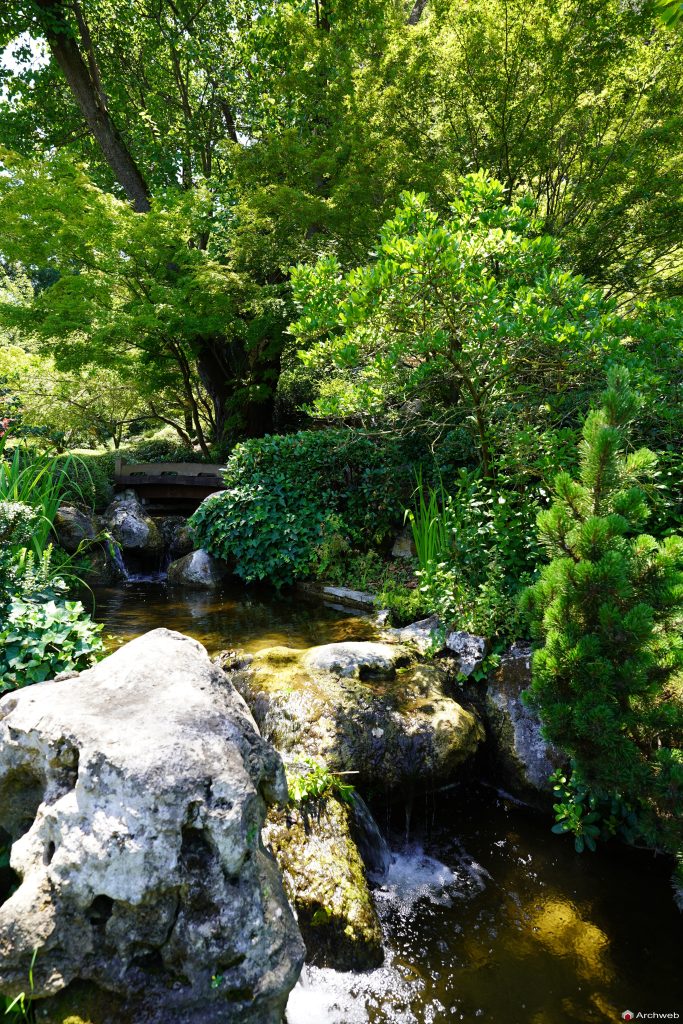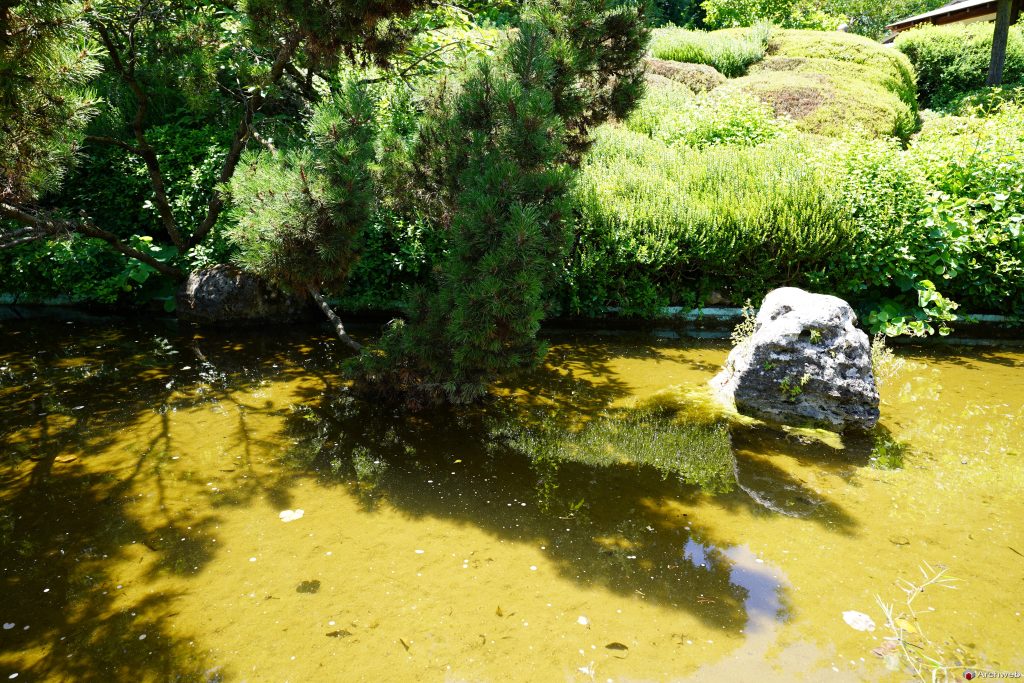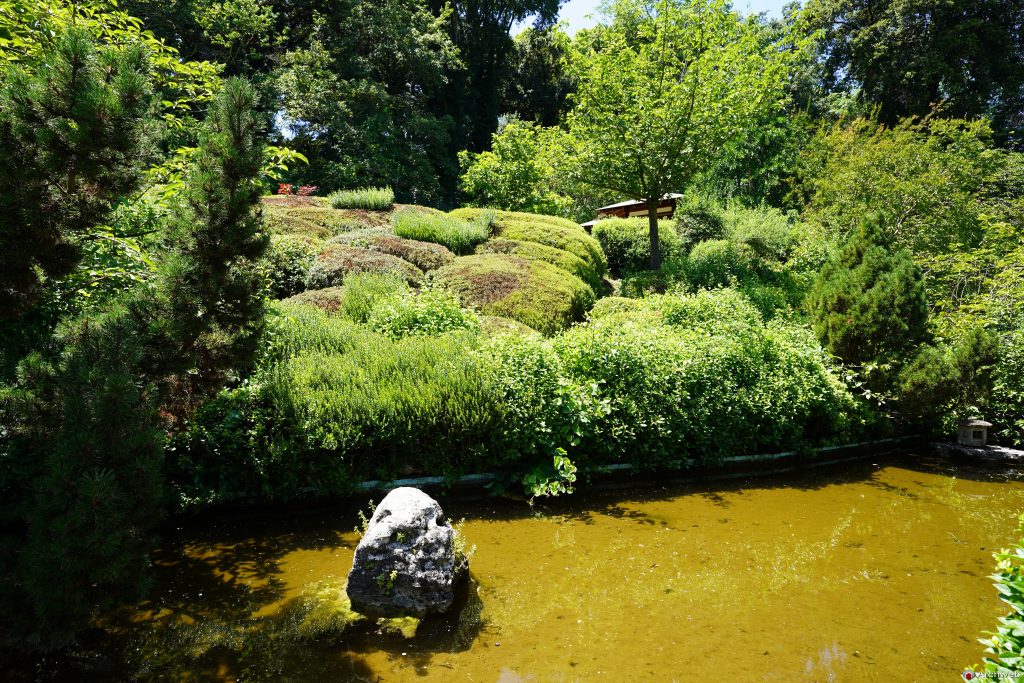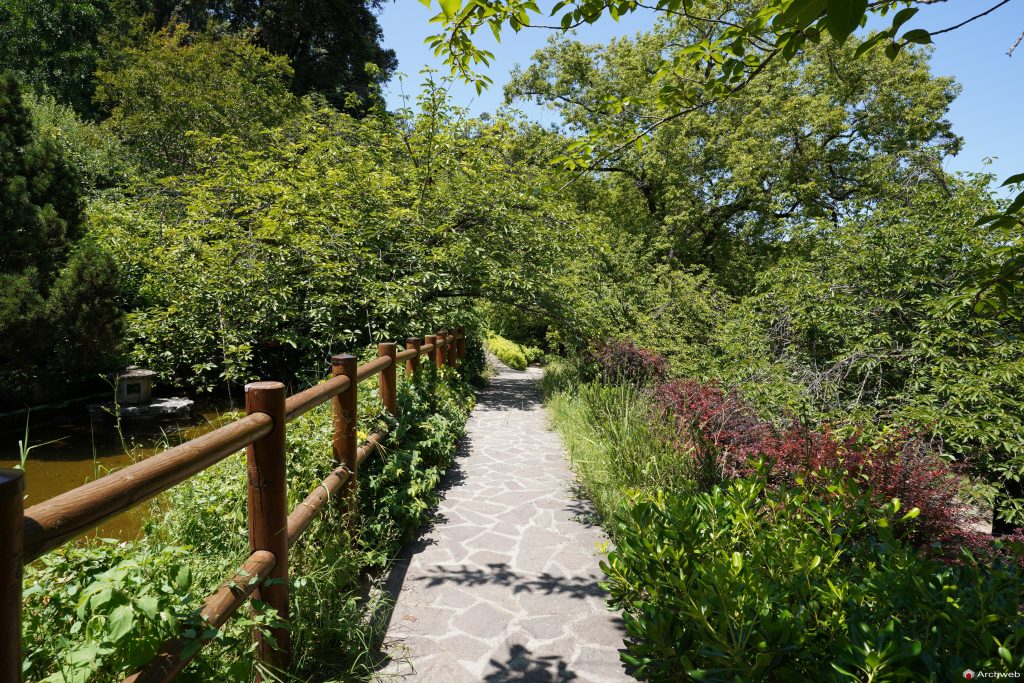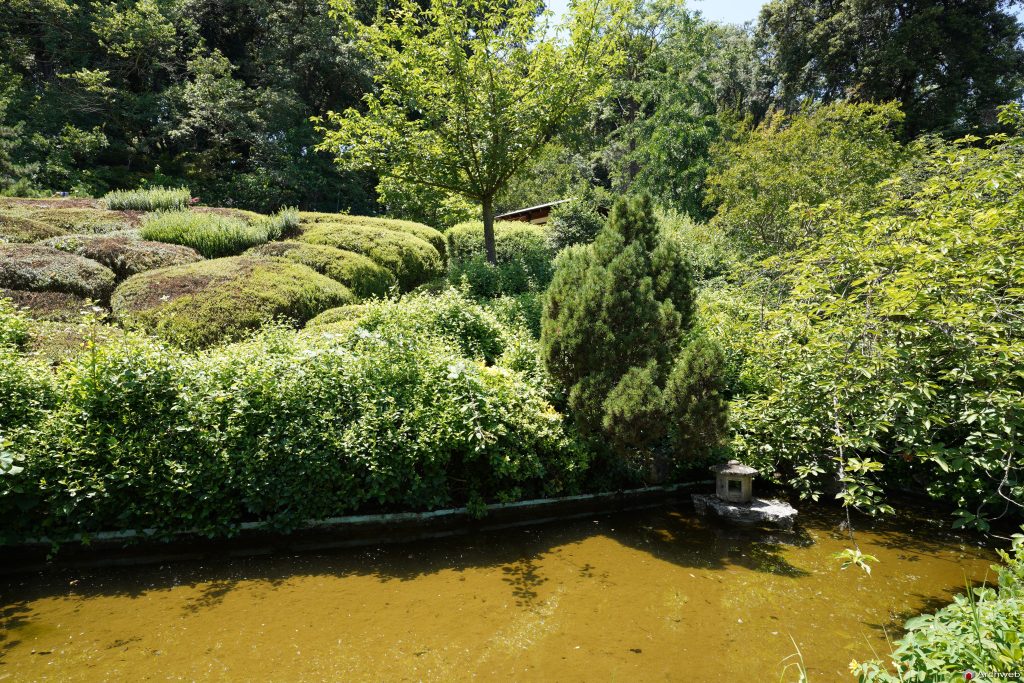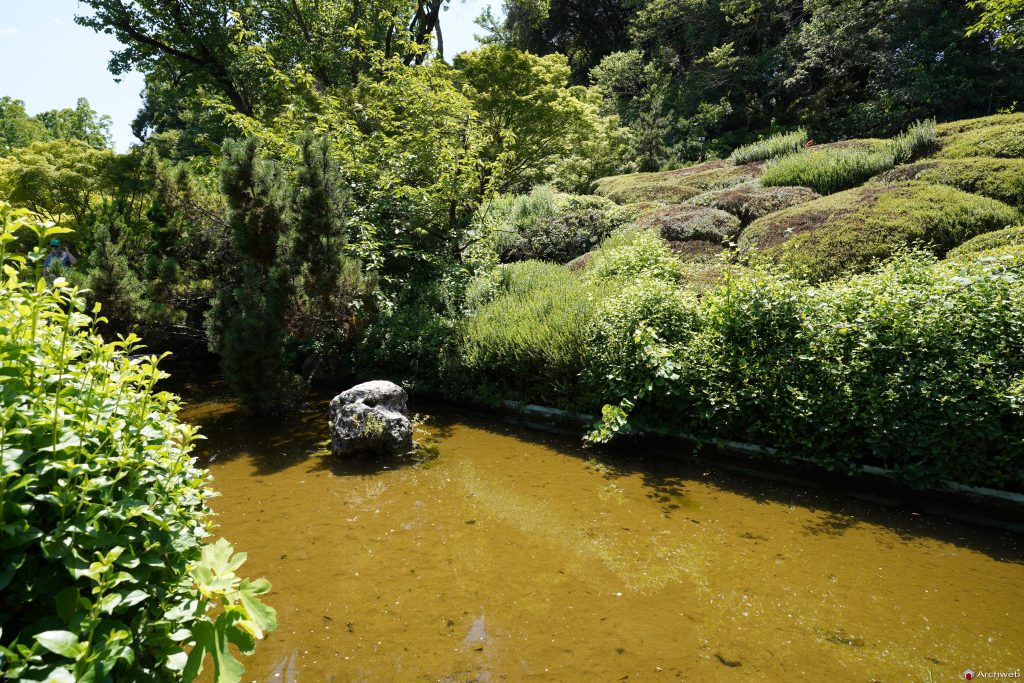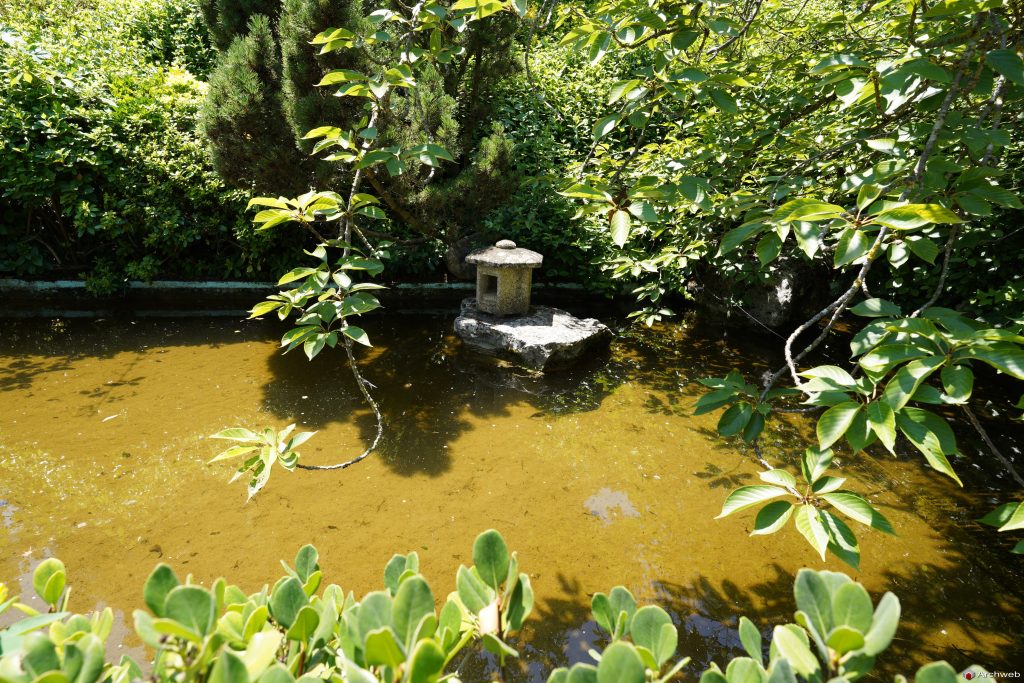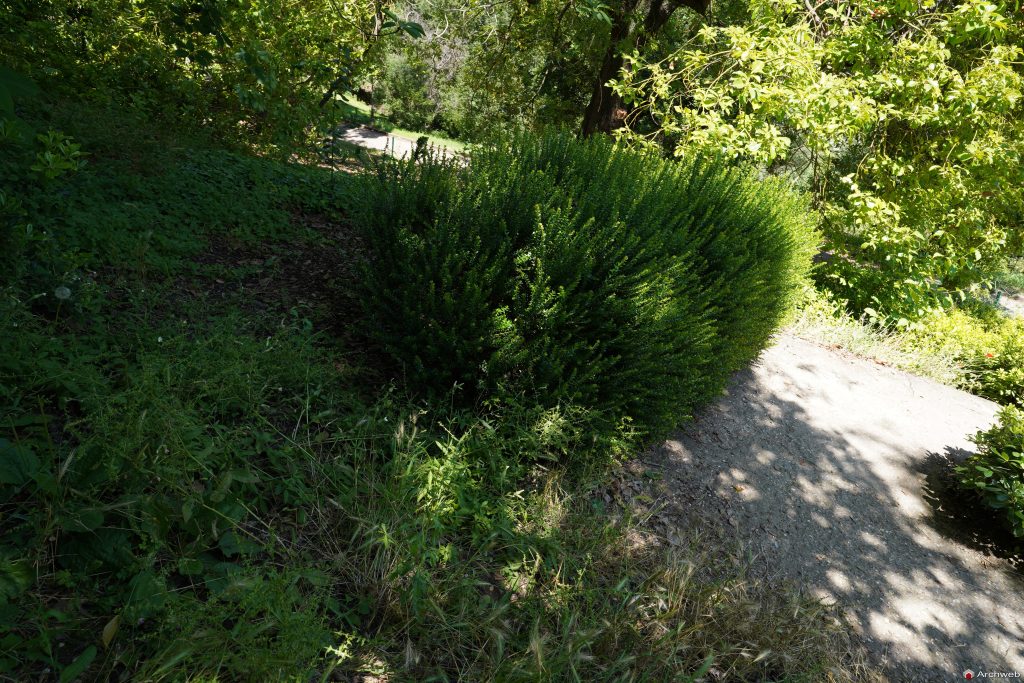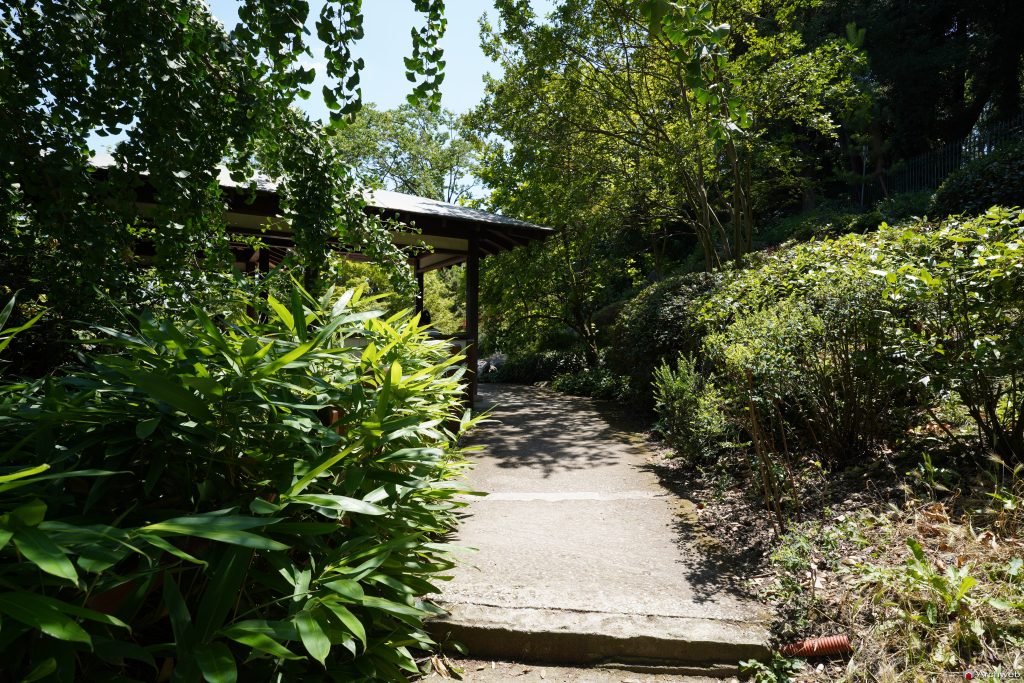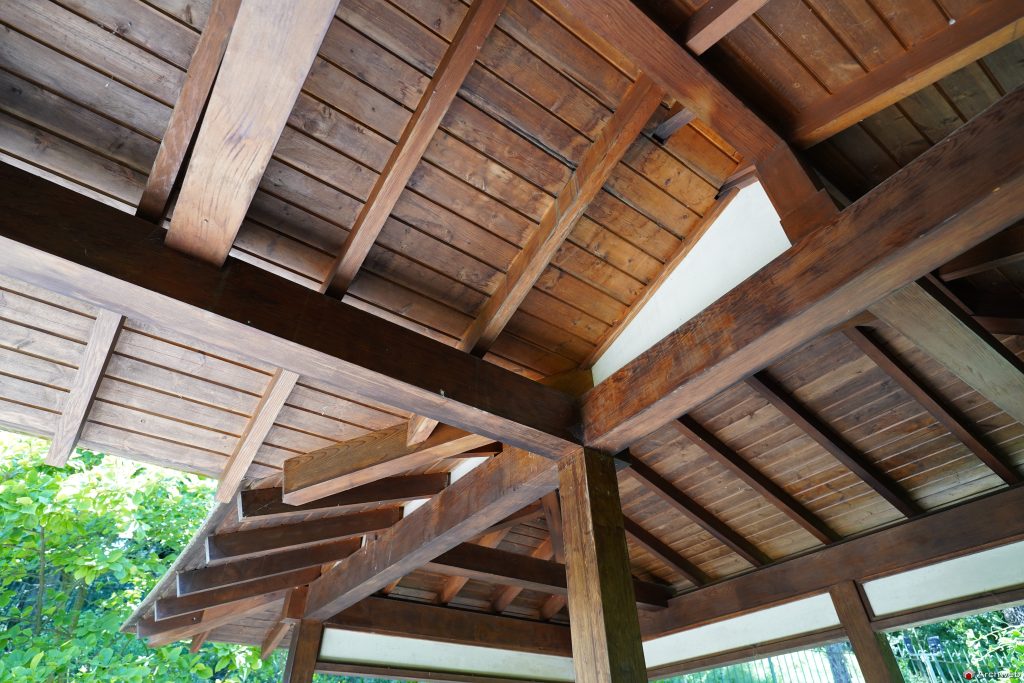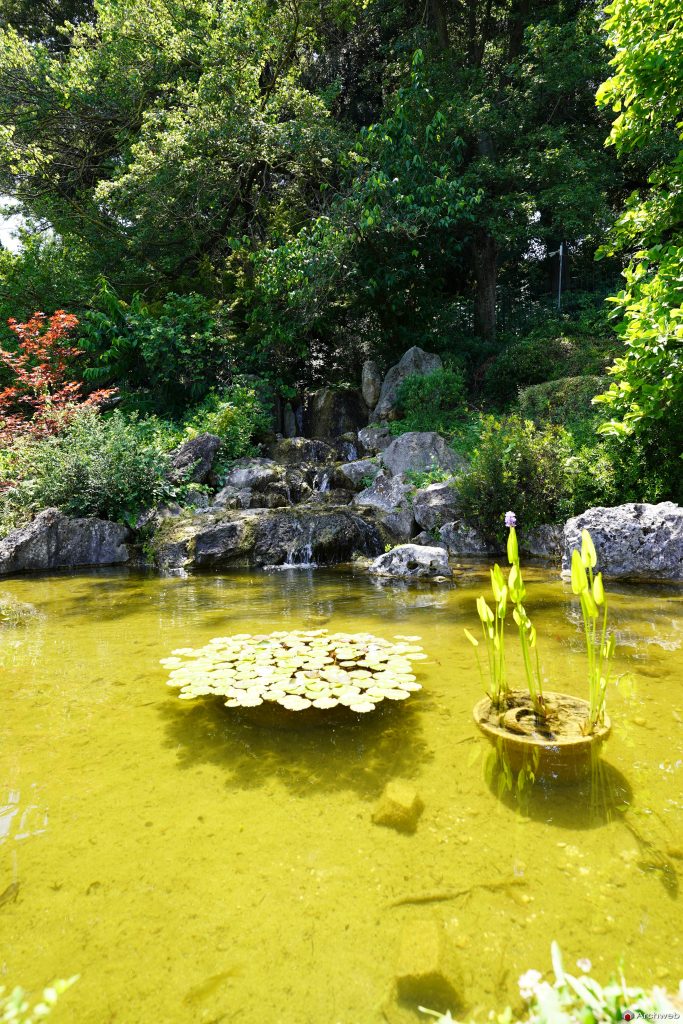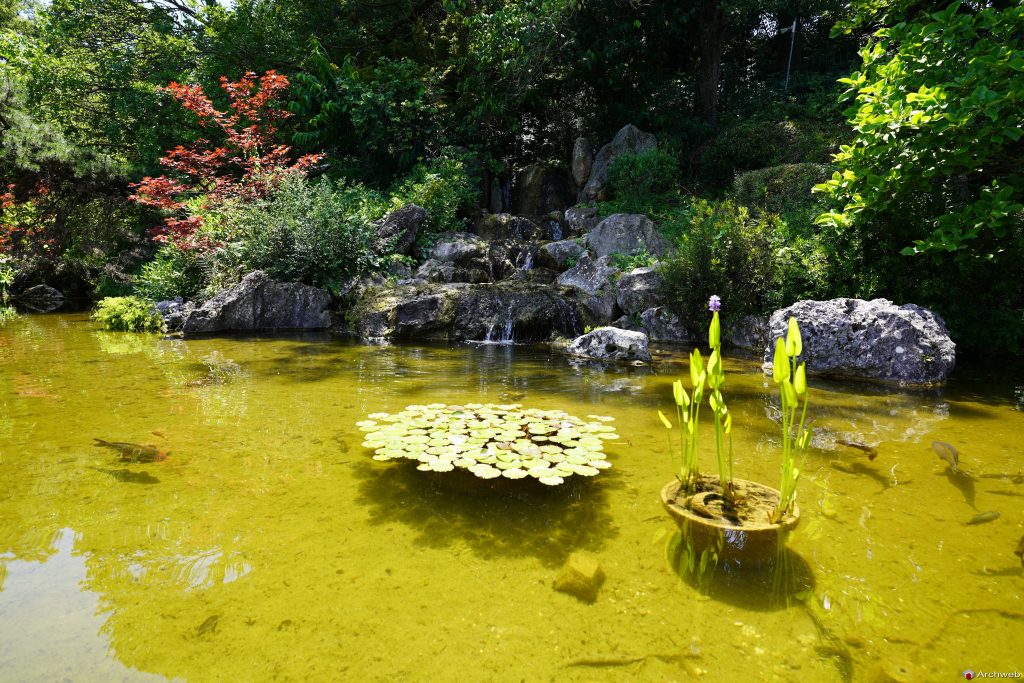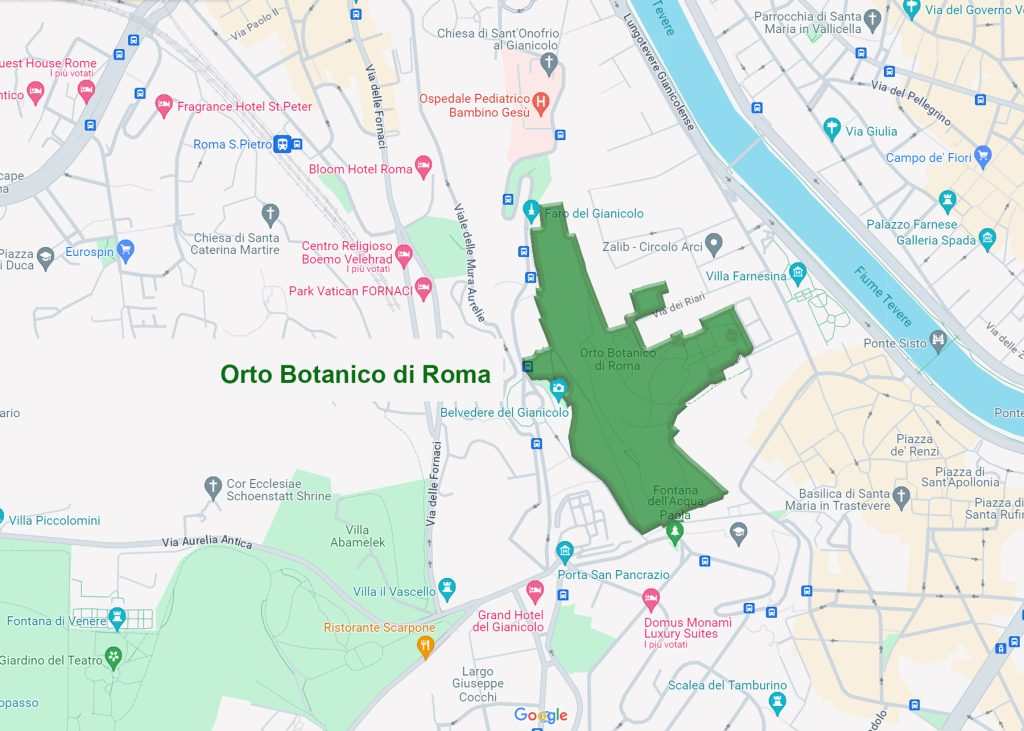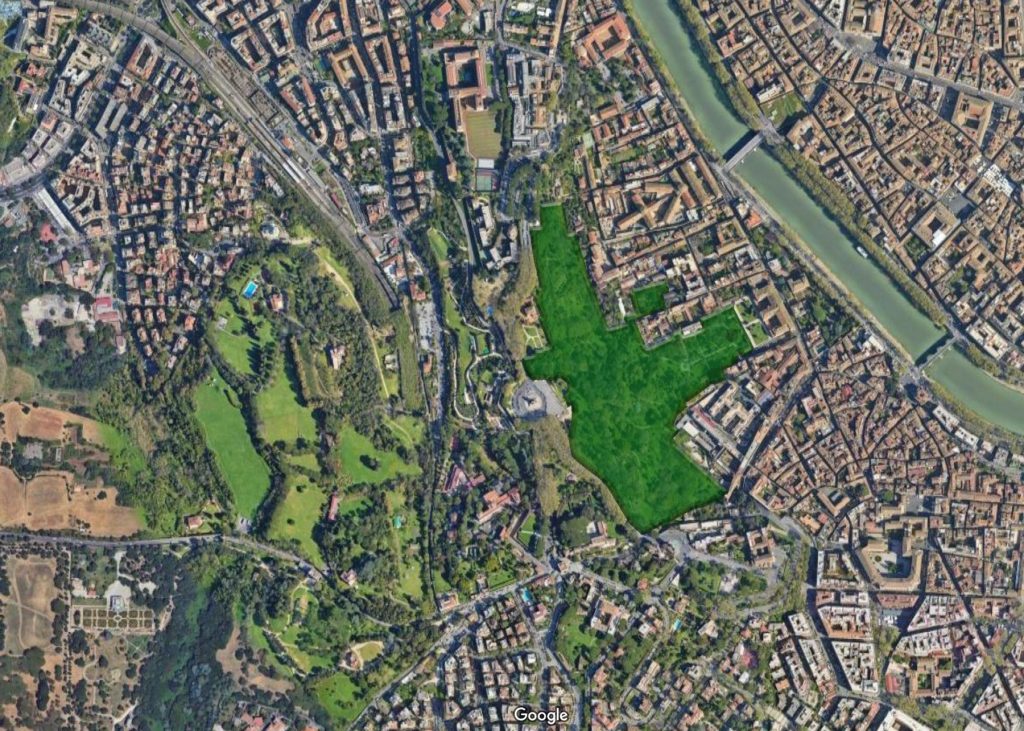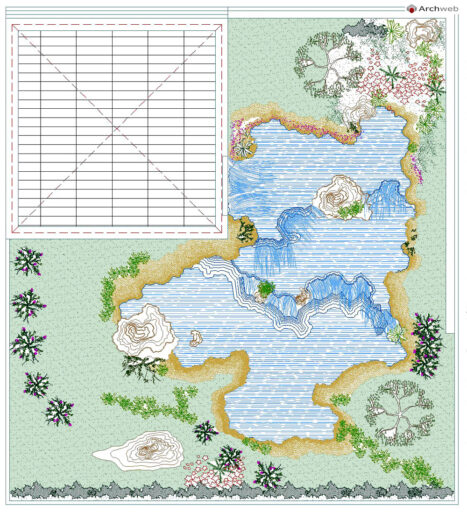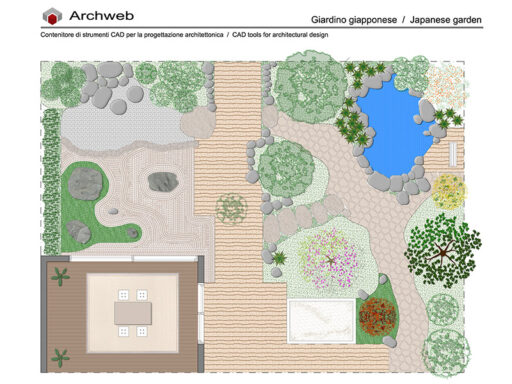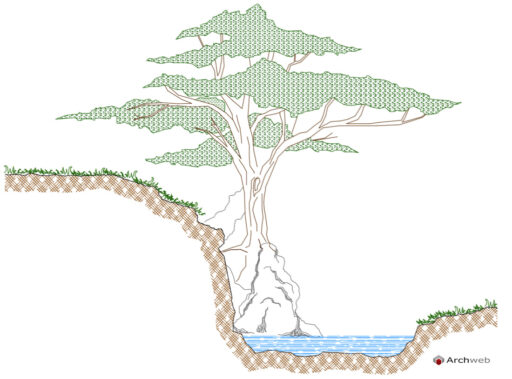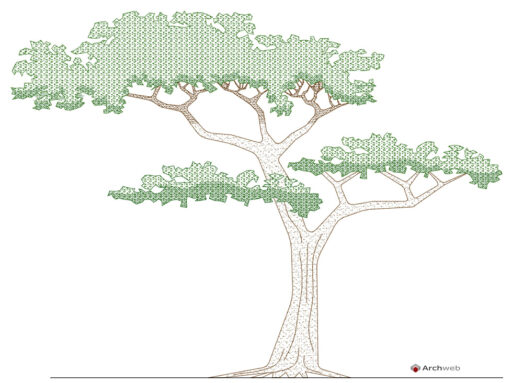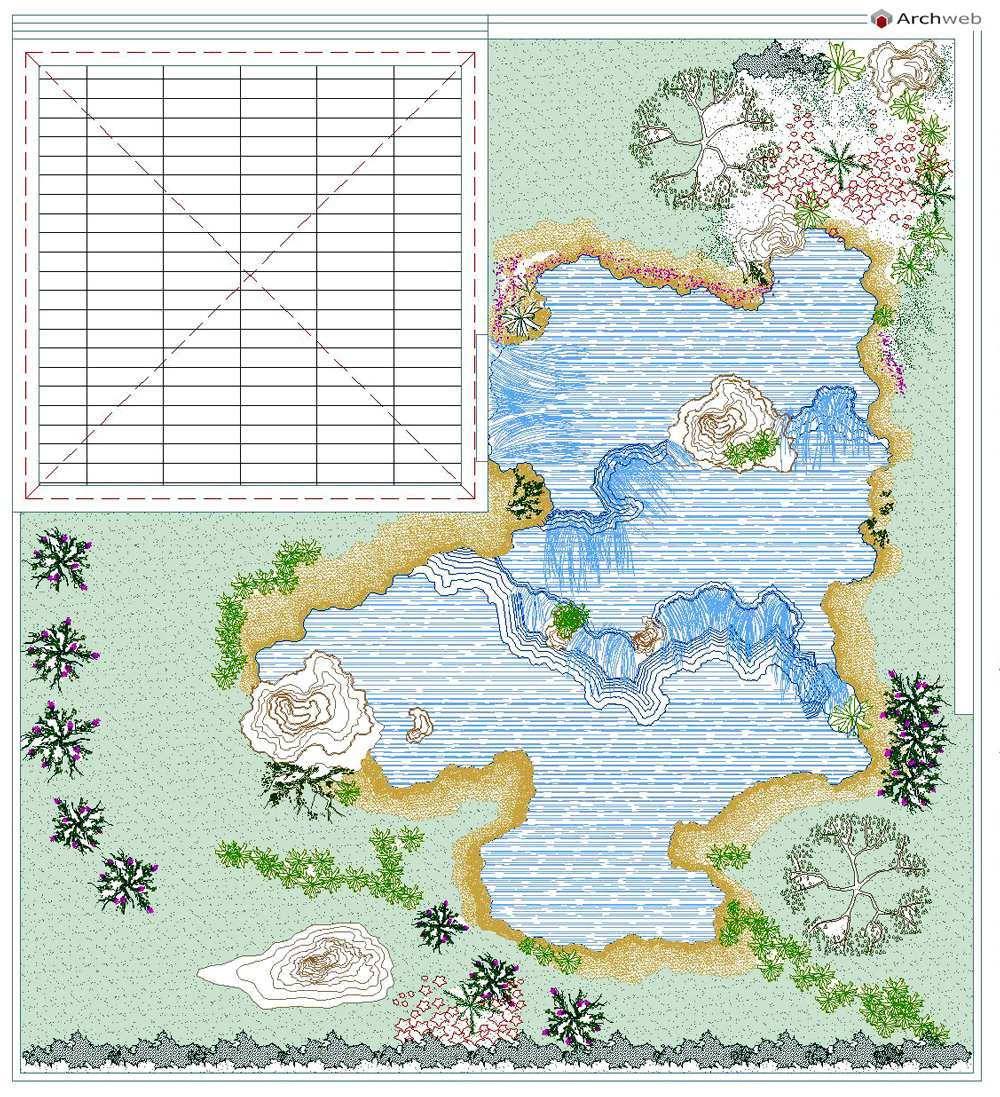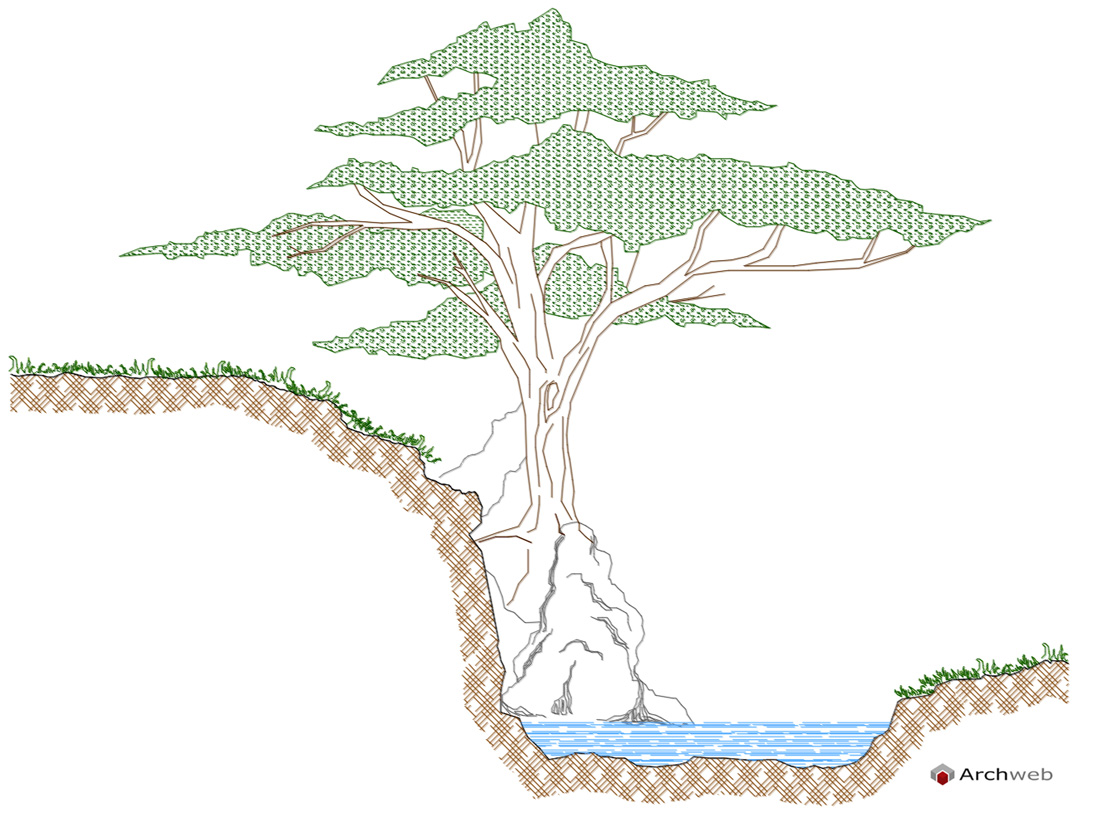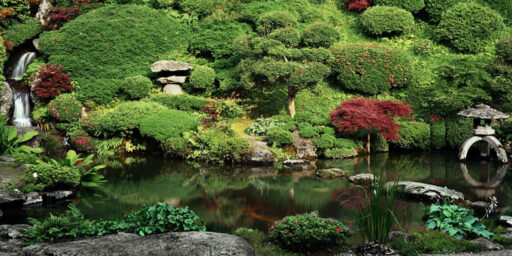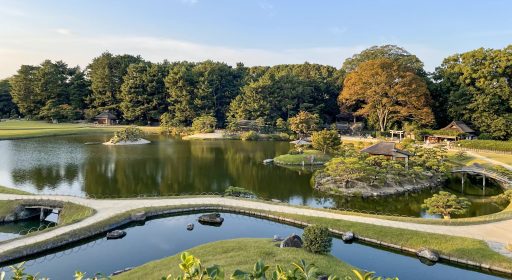The Japanese Garden in Rome
Designed according to traditional principles that aim to create harmony and balance with the surrounding nature
The Japanese garden within the Botanical Garden of Rome is an oasis of serenity and beauty, offering visitors a unique experience of immersion in Japanese culture and nature.
Built between 1990 and 1994 to a design by architect Ken Nakajima, the Japanese Garden is located on the highest part of the Botanical Garden and can be traced back to the Tsukiyama typology (hill, hill and pond garden), in particular to the Kayushiki Teien (walking garden).
The skilful distribution of rocks, water, trees and shrubs is aimed at effectively recreating a natural landscape in a small space, where walking along the paths one can observe mountains, valleys, rivers, lakes and forests represented in miniature.
The main element of this type of garden, which is quite exceptional compared to the European garden, is the water that flows through rapids and artificial streams to form two small lakes.
The structure and composition of the garden, in which there are no utilitarian plant essences, respond to precise rules and conventions derived from the Japanese philosophy of life.
From the upper pond, on the bank of which is a wooden pavilion, it is possible to admire the beautiful panorama of the historic centre of Rome, framed, on clear days, by the peaks of the Apennines.

Here are some highlights of the Garden:
Design and Architecture: The Japanese garden is designed according to traditional Japanese gardening principles, which aim to create harmony and balance with the surrounding nature. The winding paths, ponds, bridges and architectural structures such as pagodas and torii are carefully arranged to create an evocative and relaxing atmosphere.
Symbolic Elements: Within the Japanese garden, one can find a number of symbolic elements that reflect Japanese spirituality and philosophy. For example, the arched bridges represent the transition from the human to the divine, while the stone lanterns symbolise spiritual guidance.
Plants and Vegetation: The vegetation within the Japanese garden is carefully selected to create an authentic and evocative environment. Among the most common plants are bonsai trees, ornamental cherry trees, bamboos and azaleas, which help to recreate typical Japanese landscapes.
Seasonality and Symbolism: As in Japanese tradition, the garden is designed to reflect seasonal changes, with plants and flowers symbolically representing the different seasons. For example, the cherry blossoms symbolise spring, while the warm colours of the maples represent autumn.
Culture and Events: The Japanese Garden is not only a place of natural beauty, but also a cultural centre that hosts events and activities related to Japanese culture, such as tea ceremony demonstrations, origami workshops and traditional dance performances.
Haven of Tranquillity: For visitors, the Japanese garden often represents a haven of tranquillity and contemplation, where they can escape the hustle and bustle of the city and connect with nature in a serene and harmonious environment.
Exploring the Japanese garden within the Botanical Garden in Rome offers a unique opportunity to immerse oneself in the culture and beauty of Japan without leaving Italy, making it an unmissable stop for visitors seeking unique and memorable experiences.
related dwg drawings
DWG































































